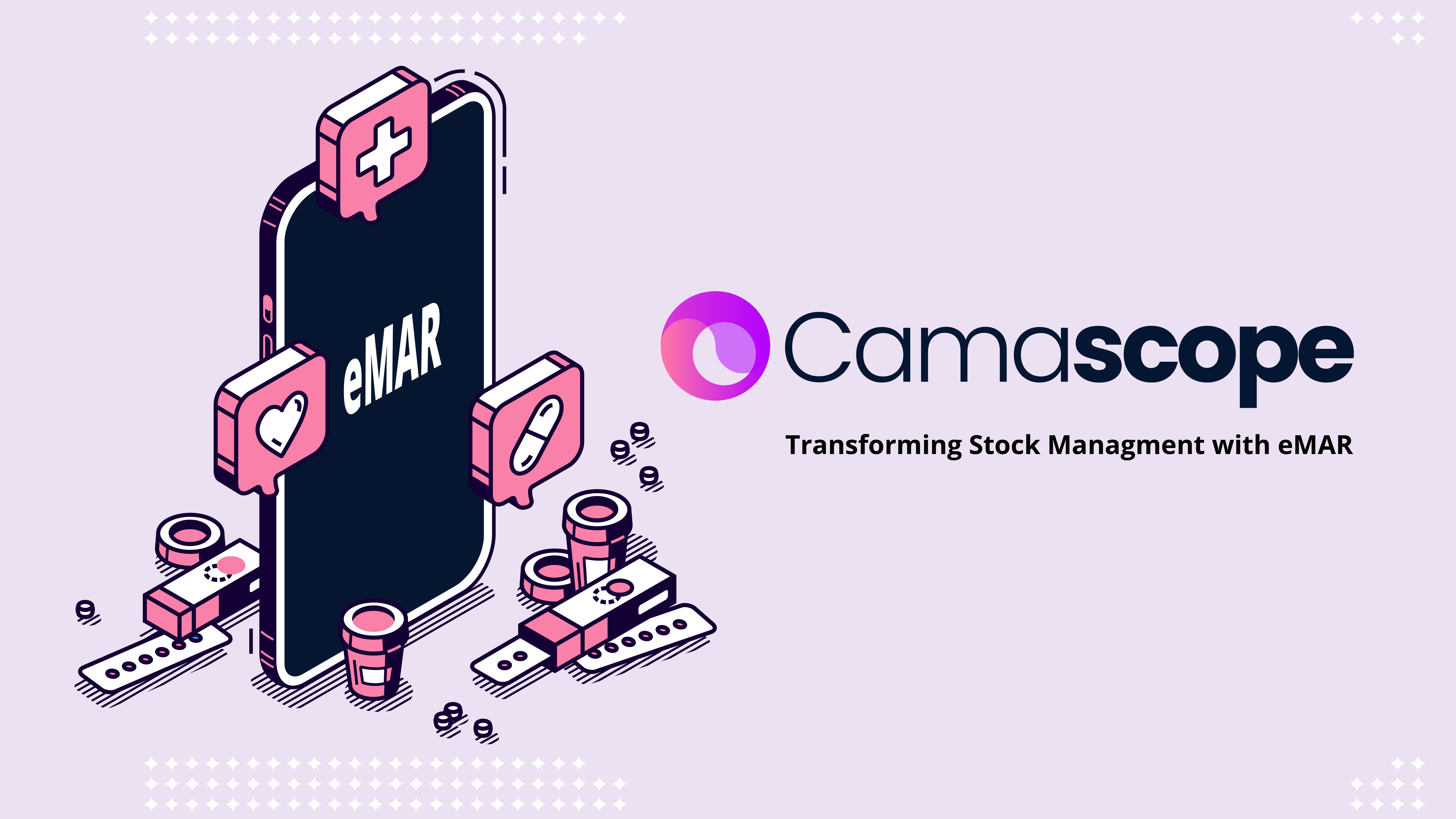Residents in a care home environment can face many unique challenges. The need for medication management and support is greater in a care home environment because of the variety of medications, dietary restrictions, and possible changes in routines.
Care home staff need to pay particular attention when it comes to dealing with PRN medicines given the fact that these medicines are not given as a regular daily dose or at specific times. Because of this, it is important that care home staff are able to effectively manage PRN medication processes.
What is a PRN Medication?
A PRN (pro re nata) or ‘when required’ medication is a medication that is taken as needed and can treat many conditions. This can include medications for pain, anxiety, indigestion, depression, sleep, and more. Many people with long term conditions may use PRN medication.
Why is Medication Management Important?
Medication management plays an important role in the health and safety of a care home resident. It ensures that they are getting their prescribed dosage while also avoiding side effects or adverse reactions. In order to do this, it's important that nurses are able to calculate dosages correctly and administer them accordingly to avoid adverse effects.
Managing PRN Medication
There are a few approaches that can help nurses handle PRN medication in a care home. Care plans should contain sufficient information to help staff to administer PRN medicines suggested by the prescriber. They should also contain:- Instructions on dosage including the maximum amount to take in a day and the minimum interval between doses. For variable doses, there should be clear instructions on what dose should be given.
- Important signals to be on the look out for and when to offer medication.
- Whether the resident will ask for the medicine, or if they need prompting or observations for signs of requiring the medicine – one example of this would be verbal cues.
- The order of administration when more than one PRN medicine is available for the same condition.
- When to follow-up the medicine and the length of time recommended for review.
- When to contact the prescriber if there is any uncertainty regarding which PRN to give.
Care homes should work closely with prescribers to make sure that anti-psychotic medication usage is assessed at regular intervals. These medicines can be used to help manage a resident’s behaviour and care home staff should be aware of how to support a person in a different way before using a medicine. The overuse and unnecessary usage of medication to control behaviour will often need to be reported as a safeguarding medicine-related incident.
MAR Charts
Medication Administration Record (MAR) charts should be utilised by staff to make sure that all PRN medications are given at the appropriate time and in the correct amount. PRN medication administrations records should record the reasons for giving the medication, the dosage that has been administered, the time of administration – particularly for time-sensitive medicines – and the effectiveness of the medication.
Traditional Methods
Traditionally, maintaining up-to-date medication charts is a logistical challenge in a care home. It can be hard to remember to administer PRN medications in a care home environment because a resident's needs may change from day-to-day. There is also often more than one person in charge of administering these medications.Care homes that don’t use a digital solution may try to stay on top of PRN medication usage by relying on alarms to remind themselves, or residents, when they may need their next dose. They may choose to keep an up-to-date list of which residents require PRN medications. A home manager or senior nurse will also ensure that staff are educated about any changes in PRN medication requirements for all residents.
Seamless PRN Medication Management
One of the key advantages of using a solution like Camascope's eMAR (electronic medication administration record) is that it enables staff to seamlessly manage PRN processes.
PRN protocols and warning details are clearly visible on the Camascope eMAR app, at the point of administration, to ensure safe medicine management procedures are practiced. The digital system also enables witnesses to counter-sign medicine administration, if appropriate.
Pain scales indicate the level of discomfort for a resident when taking ‘as required’ pain medication. Stock levels of the medication are automatically maintained, with low-stock alerts visible when medicines are close to running out. Staff can schedule follow-ups for PRNs that are administered, with warning alerts when follow-ups are pending. These follow-ups record whether PRN administration has been effective.
All PRN-related actions are visible within the Camascope eMAR dashboard so that staff can quickly see whether there are any pending follow-ups after a PRN administration.
The Camascope system ensures that staff are prompted if attempting to administer PRN medicines within the minimum time interval between doses. Additionally, the system will also prompt staff if the maximum dosage amount is exceeded. For instances when staff attempt to offer PRNs but they are refused, the solution records the refusal to demonstrate that staff are regularly offering the medicines to residents according to the protocol.
These digital features enhance resident safety and reduce the chance of medicine-related errors when it comes to PRNs.
Overall, using an eMAR system creates an auditable digital record when it comes to PRN administration and management. Robust processes can be maintained with bespoke care home PRN policies reflected within the eMAR solution. This helps to ensure that residents are safely managed and that there are no missed PRN actions. Additionally, evidence of strong processes can be demonstrated to the CQC during an inspection.
Conclusion
- It is important to understand the function of PRN medications when caring for residents in a care home.
- PRN medications are those that are taken on an "as needed" basis. These medicines should be distributed with the utmost care and consideration, as their use may be intermittent and unpredictable.
- Using a digital system is the best way of maintaining up-to-date and accurate records when it comes to PRN medications
If you’d like to know how Camascope's new eMAR solution can work for your organisation, contact us to find out more.







